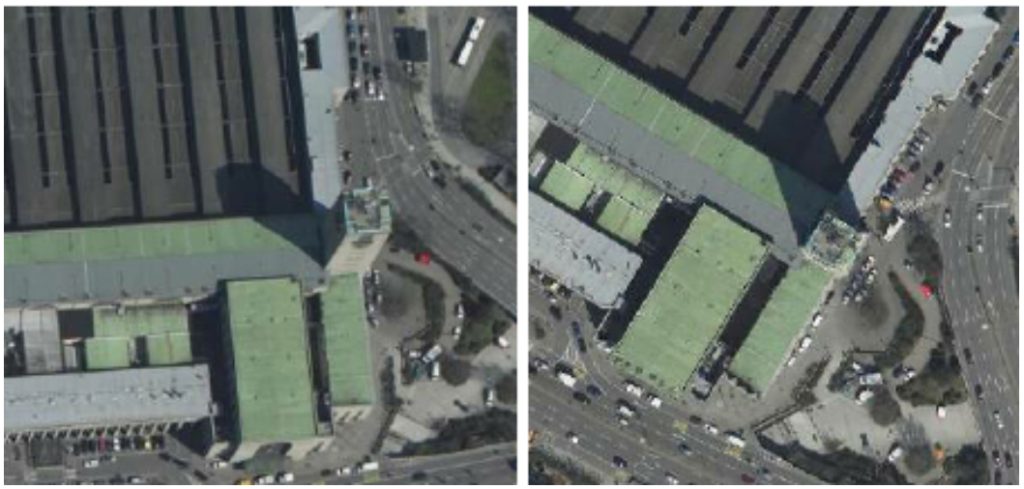Edit Content

Geospatial Solutions for our changing world
- 4340 King St. - Unit #3
- 1-604-821-9915
- [email protected]
- 1-888-749-7746



© 2024 Kîsik Aerial Survey Inc.